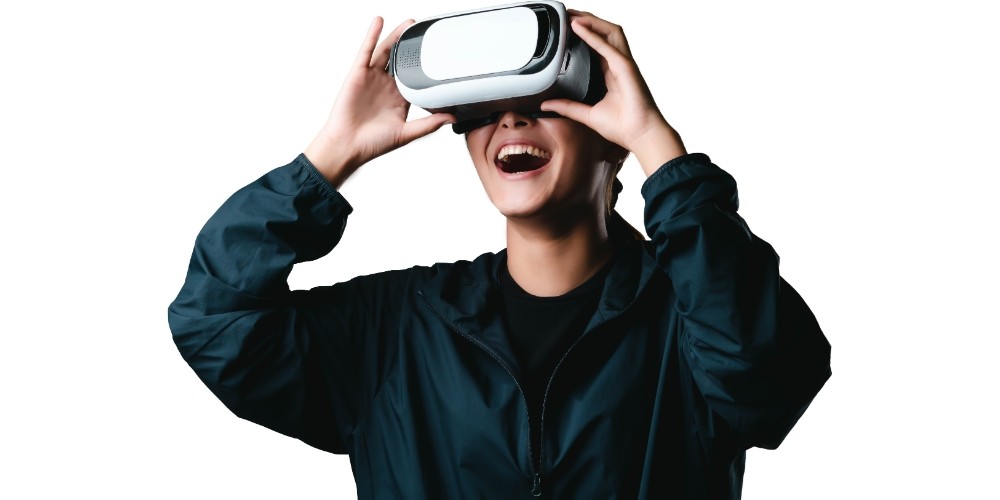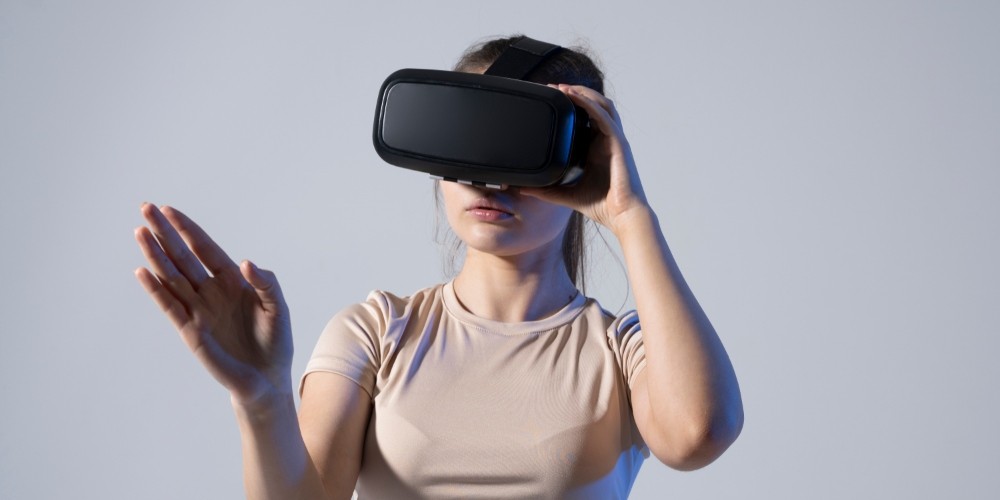Revolutionizing Mobile Gaming: The Impact of AR and VR Technologies
Jan-02-2024

The landscape of mobile gaming is undergoing a remarkable transformation, thanks to the advent of Augmented Reality (AR) and Virtual Reality (VR) technologies. What was once a platform for simple, 2D games has now evolved into a sophisticated arena where immersive, 3D experiences are becoming the norm. This article explores how AR and VR are reshaping mobile gaming, offering players experiences that are not just games but gateways into entirely new worlds.
The Dawn of AR and VR in Mobile Gaming
The introduction of AR and VR into mobile gaming marks a significant milestone in the evolution of this platform. AR games overlay virtual objects onto the real world through the screen of a mobile device, creating an interactive experience that blends digital components with the player's environment. On the other hand, VR games transport players into entirely virtual environments, offering a fully immersive experience that can make them feel as though they've stepped into another world entirely.

Benefits of VR and AR in Mobile Gaming
- Enhanced Immersion: AR and VR technologies elevate the level of immersion in mobile games to unprecedented heights. Players can now interact with virtual elements as if they were part of their physical environment or dive into completely new virtual worlds.
- Increased Engagement: The novelty and interactivity offered by AR and VR have significantly increased player engagement, making games more captivating and retaining players for longer periods.
- Innovative Gameplay: AR and VR open new avenues for creative gameplay mechanics, enabling developers to introduce unique features that were previously unimaginable in mobile gaming.
Innovative AR and VR Mobile Games
Several groundbreaking mobile games have showcased the potential of AR and VR technologies. Pokémon GO, an AR game, became a global phenomenon by turning the real world into a vast Pokémon hunting ground. Meanwhile, VR games like Beat Saber have shown how mobile VR can deliver engaging and physically active gaming experiences. These titles exemplify the diverse possibilities that AR and VR bring to mobile gaming, from exploring your neighborhood for virtual creatures to swinging lightsabers in rhythm to music.
Challenges Facing AR and VR Mobile Gaming

Despite their promise, AR and VR technologies face several challenges in mobile gaming. These include:
- Hardware Limitations: High-quality AR and VR experiences require robust hardware, which can be a challenge for standard mobile devices. This limitation affects the complexity of games that can be developed and the accessibility of these technologies to a wider audience.
- User Comfort and Safety: VR, in particular, poses concerns related to user comfort, such as motion sickness. Additionally, both AR and VR games raise safety issues, as players may become unaware of their surroundings.
- Development Costs: Creating compelling AR and VR games can be expensive and technically challenging, potentially limiting the number of developers who can afford to create high-quality titles in these formats.
The Future of VR and AR in Mobile Gaming
The future of AR and VR in mobile gaming looks promising, with technological advances addressing many of the current challenges. Improved hardware capabilities, more accessible development tools, and innovative design approaches are paving the way for more sophisticated and immersive experiences. As these technologies continue to mature, we can expect to see a new wave of mobile games that blur the lines between reality and the virtual world, offering players experiences beyond anything we've seen before.

Trends Shaping the Future of Mobile Gaming with AR and VR
- Mixed Reality Experiences: Future mobile games might blend AR and VR even more seamlessly, offering mixed reality experiences that take advantage of the best aspects of both technologies.
- Social and Multiplayer Features: AR and VR games are increasingly incorporating social and multiplayer elements, enabling players to interact with each other in virtual spaces, thereby enhancing the communal aspect of gaming.
- Location-Based Gaming: AR games that use location data to integrate gameplay into the real world will continue to grow, offering personalized gaming experiences based on the player's surroundings.
Conclusion
AR and VR are radically transforming mobile gaming, turning what was once a casual gaming platform into one capable of delivering deeply immersive experiences. As these technologies evolve and as developers continue to explore their possibilities, mobile gaming is set to become an even more exciting and dynamic field. For players, this means the future of mobile gaming holds virtually unlimited potential for innovation, engagement, and sheer entertainment.







